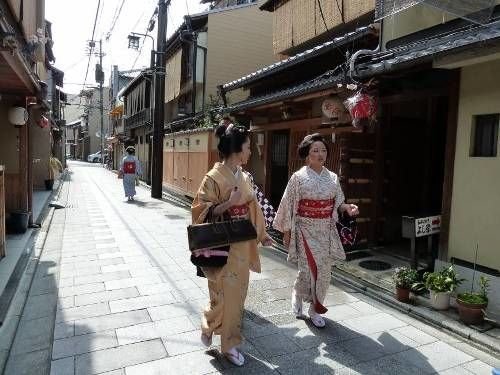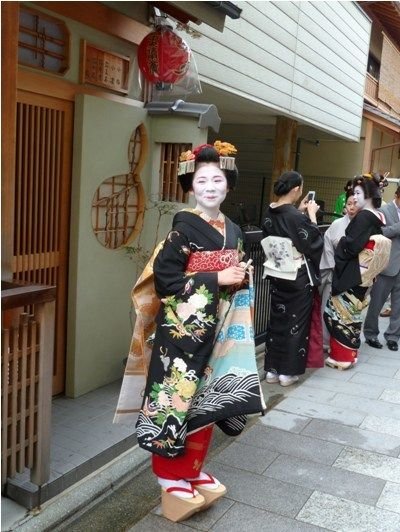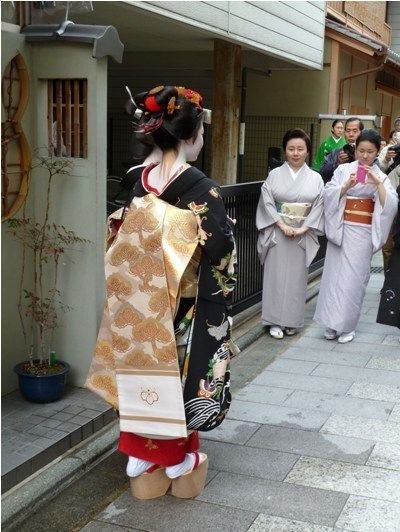
The mystery inside the ‘Geisha district’ in Kyoto
Miyagawa-cho is one of the famous `Geisha districts` in Kyoto.
Wafting in the air is the gentle smell of new wood and bamboo.
Occasionally on the street, a few maiko (apprentice geisha) appear, their faces have had their makeup removed and their hair is still done in a split peach style, like wings on both sides of the face.
Geisha – `artist` means `person of art`, but in Kyoto people often use the word geiko – `artist`.
More than 500 years ago, in 1603, a dancer named Izumo no Okuni set up a stage on the banks of the Kamo River and performed lively dances and comedy skits.

At that time, the Kamo River was like a wall dividing the city in two, the west was the everyday world of work and family, and the east was the entertainment area with stages, opera houses and geisha.
Walking along the banks of the Kamo River, visitors will reach Shijo Street (Fourth Bridge) – the heart of the Geisha district.
Shijo Street runs through three of Kyoto’s five Geisha districts, also known as hanamachi (flower streets): Gion, Gion Higashi and Miyagawa-cho.
Much of the geisha world is closed to outsiders.
Geishas often wake up late, so you must go to the tea room after 12 noon, but not too late in the afternoon because they still have to prepare for evening activities.

Evening is the most magical time here.
Appearing in the misedashi ceremony (public appearance ceremony), the maiko often wears a gorgeous black kimono with wavy patterns and an eye-catching decorated gold belt.
So a new generation of maiko was born.
Vuong An


